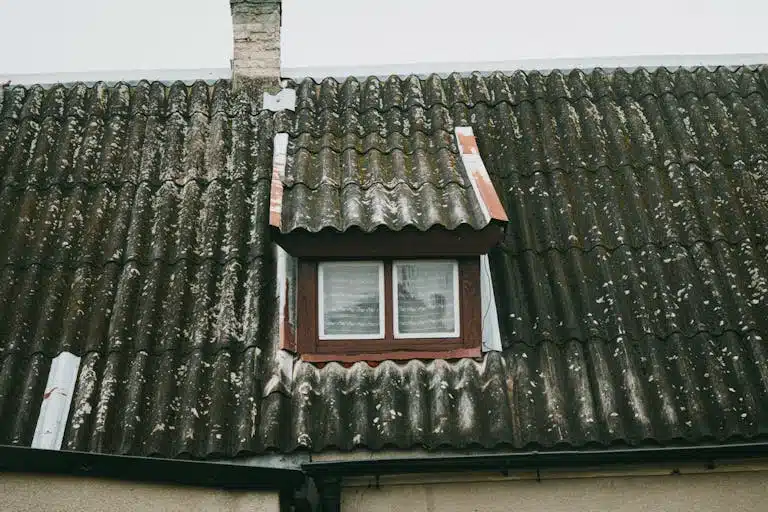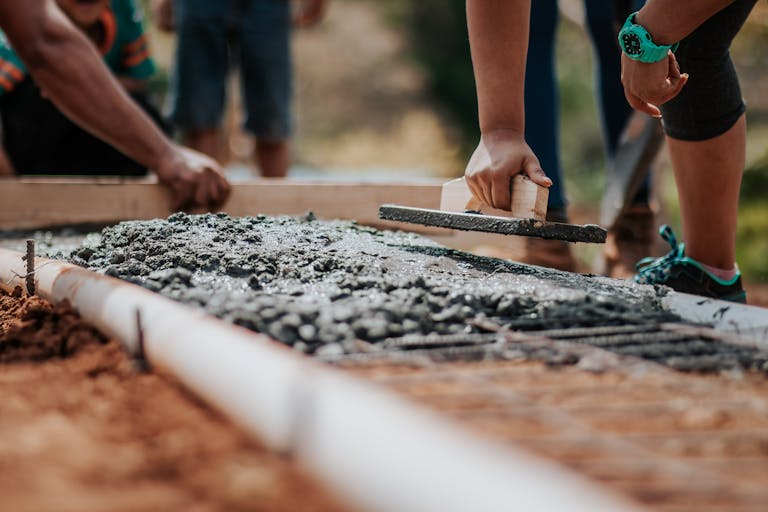Asbestos, a hazardous material found in many UK buildings constructed before 2000, poses serious health risks like mesothelioma when disturbed. Property owners and workers in construction or maintenance may wonder, “Can you remove asbestos yourself?” This guide explores the legality, risks, and safer alternatives to DIY asbestos removal, ensuring compliance with UK regulations and prioritising safety for workers, contractors, and building occupants.
Can You Remove Asbestos Yourself in the UK?
In the UK, removing asbestos yourself is generally not recommended and, in most cases, is illegal for non-licensed individuals. The Control of Asbestos Regulations 2012 strictly govern asbestos removal due to its health risks. Most asbestos removal work requires a licensed contractor, especially for high-risk asbestos-containing materials (ACMs) like insulation, sprayed coatings, or pipe lagging. However, certain low-risk tasks, such as removing intact asbestos cement sheets, may be performed by non-licensed workers under specific conditions, provided they follow stringent safety protocols. For details, visit HSE Asbestos Licensing.
Key Fact: Unlicensed asbestos removal can lead to fines up to £20,000 or imprisonment, as per HSE regulations.
Why is DIY Asbestos Removal Risky?
Removing asbestos yourself is dangerous due to the health risks associated with inhaling asbestos fibres. When disturbed, ACMs release microscopic fibres that can cause mesothelioma (a cancer of the lung or abdominal lining), asbestosis (chronic lung scarring), and lung cancer. These diseases often manifest 20–50 years after exposure, making prevention critical. The Health and Safety Executive (HSE) reports over 5,000 asbestos-related deaths annually in the UK. DIY removal without proper equipment, training, or containment increases exposure risks for you, your family, or coworkers. Learn more at Mesothelioma UK.
Legal Requirements for Asbestos Removal
The Control of Asbestos Regulations 2012 requires that most asbestos removal be conducted by licensed contractors with specialised training and equipment. Licensed work includes handling high-risk ACMs, such as insulation boards or sprayed coatings, which release fibres easily. Non-licensed work, such as removing small, intact asbestos cement sheets, is permitted only if workers are trained, use proper PPE, and follow strict safety measures, including notifying the HSE in some cases. Property owners and employers must ensure compliance to avoid legal penalties. For guidance, see HSE Asbestos Essentials.
Health Risks of Asbestos Exposure
Asbestos exposure is linked to severe health conditions. Mesothelioma, with over 2,500 new UK cases annually, is particularly deadly, with symptoms like chest pain or shortness of breath often appearing decades later. Asbestosis causes lung scarring, leading to breathing difficulties, while asbestos-related lung cancer is a significant risk, especially for smokers. DIY removal increases the chance of fibre release, endangering not only the remover but also others nearby. For health information, visit Cancer Research UK.
Alternatives to DIY Asbestos Removal
Instead of removing asbestos yourself, consider these safer alternatives:
- Hire a Licensed Contractor: Engage a UKAS-accredited, HSE-licensed professional for safe removal.
- Conduct an Asbestos Survey: Have a professional survey identify ACMs before any work begins.
- Encapsulate or Leave Undisturbed: If ACMs are intact, seal or leave them to avoid fibre release.
- Follow an Asbestos Management Plan: Develop a plan to manage ACMs safely, as required for non-domestic premises.
These steps minimise risks and ensure compliance. For survey details, see HSE Asbestos Surveys.
Steps if You Suspect Asbestos
If you encounter suspected asbestos during work:
- Stop Work Immediately: Cease activities to prevent disturbing potential ACMs.
- Secure the Area: Restrict access to avoid further exposure.
- Report to Management: Notify your employer or property manager for investigation.
- Consult Professionals: Contact a licensed asbestos contractor for assessment and removal.
These actions protect health and comply with regulations. For more, visit UKATA Asbestos Information.
Support for Asbestos-Related Health Concerns
If you’ve been exposed to asbestos, seek medical advice immediately, even if symptoms are absent, as diseases like mesothelioma have long latency periods. Mesothelioma UK offers resources on diagnosis, treatment, and compensation through schemes like the Diffuse Mesothelioma Payment Scheme. Early monitoring can improve outcomes. Explore support at Mesothelioma UK Support or GOV.UK Asbestos Compensation.
Staying Safe Around Asbestos
Asbestos remains in over 1.5 million UK buildings, particularly those built before 2000. Property owners and workers must prioritise safety by avoiding DIY removal and relying on professionals. Staying informed through HSE and UKATA resources ensures compliance and reduces risks, especially in high-risk sectors like construction and maintenance.
Learn More with Skilltopia
To understand asbestos risks and safe practices, consider Skilltopia’s Asbestos Awareness Category A Course. Certified by The CPD Service and audited by the IATP, this online course costs £15 plus VAT and offers flexible learning to meet UK regulations. Earn a CPD certificate upon completion to enhance your safety credentials. Visit Skilltopia for more details.






